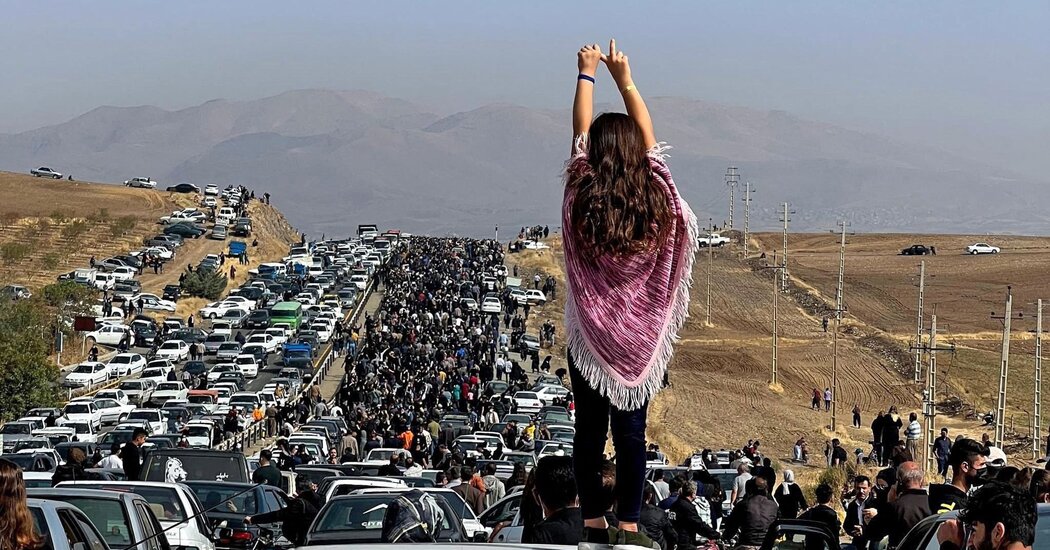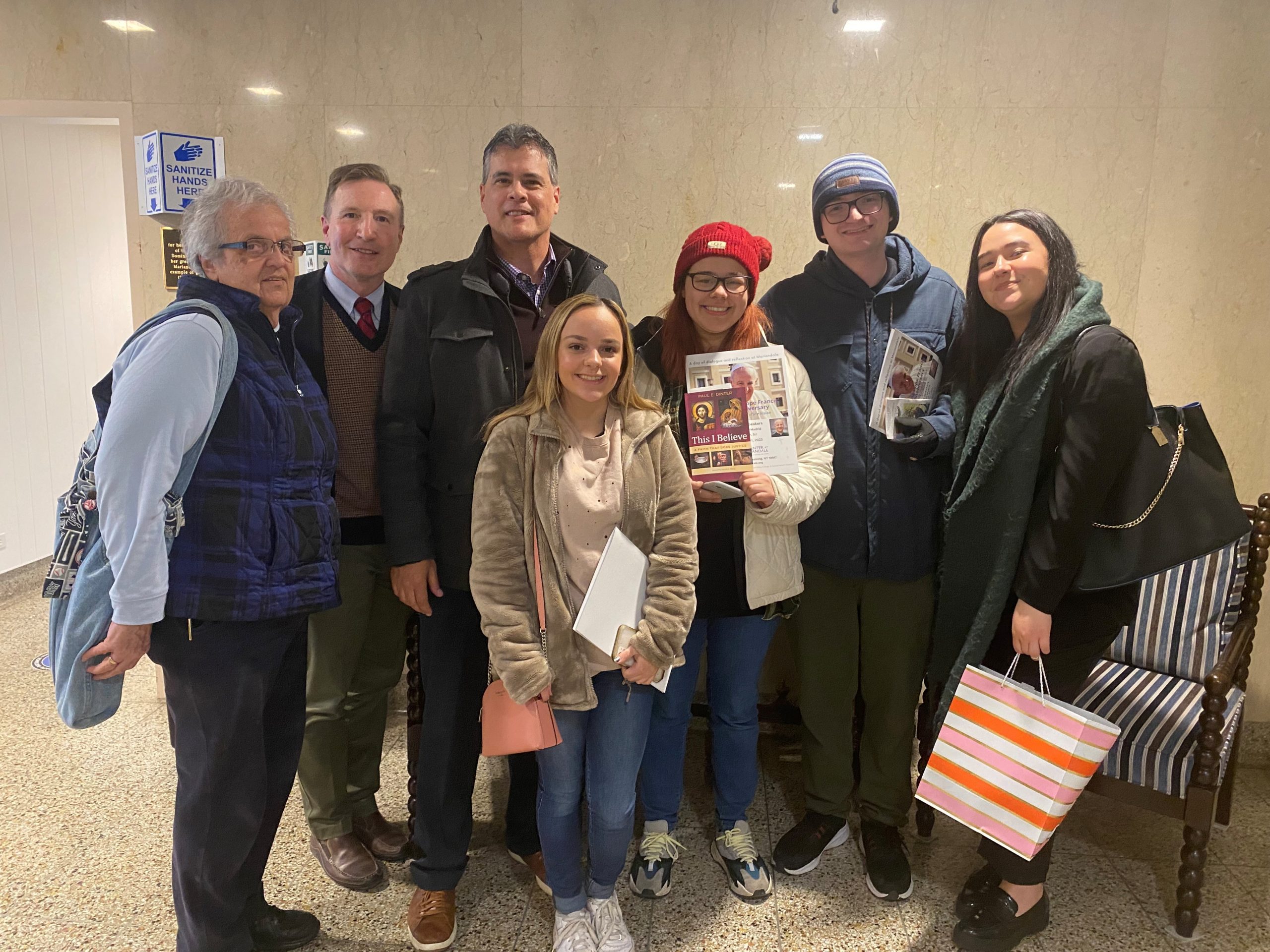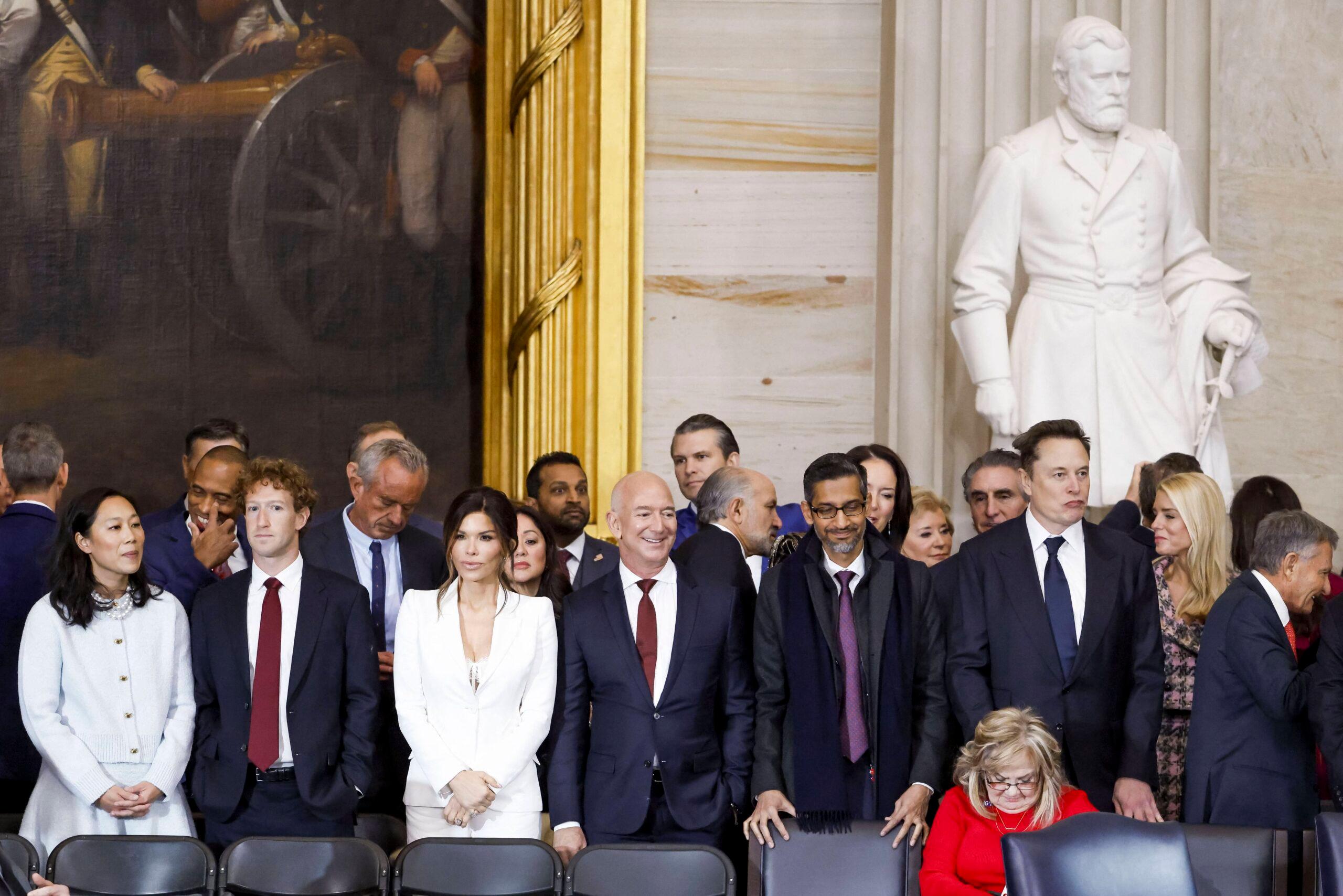The Anti-Trump Movement: Protests Across America

Table of Contents
Early Stages and the Women's March
The immediate reaction to Trump's election victory in November 2016 was swift and significant. Across the nation, and indeed the world, feelings of shock and concern galvanized people into action. The resulting protests, culminating in the massive Women's March on Washington D.C. just days after the inauguration, signaled the start of a sustained period of resistance. This early phase of the anti-Trump movement was marked by a remarkable display of unity and diversity, bringing together individuals and groups with diverse backgrounds and motivations united by their opposition to the incoming president's agenda.
- Millions participated: The Women's March, held on January 21, 2017, drew millions of participants in Washington D.C. and in sister marches across the globe. This demonstrated the scale and intensity of the early anti-Trump sentiment.
- Diverse Motivations: While women's rights were a central theme, participants were driven by a wide range of concerns including reproductive rights, fears about immigration policies, environmental protection, and anxieties about the future of American democracy. The march served as a powerful visual representation of the diverse coalition forming against the Trump administration.
- Setting the Stage: The Women's March, and the numerous related protests, effectively set the stage for a sustained period of political activism that would characterize the following four years.
Key Issues Fueling the Anti-Trump Movement
The anti-Trump movement wasn't monolithic; it was fueled by opposition to a range of specific policies and actions. These policy disagreements became the rallying cry for countless protests and demonstrations.
- Immigration Policy: Trump's proposed border wall, travel bans targeting several Muslim-majority countries, and his hardline stance on immigration sparked widespread and persistent protests. These actions were viewed by many as discriminatory and inhumane.
- Healthcare Reform: The attempts to repeal and replace the Affordable Care Act (ACA), often referred to as Obamacare, led to massive demonstrations across the country. Concerns about the potential loss of health insurance coverage for millions fueled significant opposition.
- Environmental Regulations: The Trump administration's decision to withdraw from the Paris Agreement on climate change and its rollback of various environmental regulations provoked major protests from environmental activists and concerned citizens.
- Social Issues: Trump's rhetoric and policies on issues such as race, gender, and LGBTQ+ rights also sparked widespread protests and activism. These protests frequently highlighted issues of equality, social justice, and the protection of marginalized communities.
Forms of Protest and Activism
The anti-Trump movement was notable not only for its scale but also for the diversity of its methods. Protests took many forms, demonstrating the creativity and resilience of the resistance.
- Marches and Rallies: Large-scale organized demonstrations took place in major cities across the country, regularly attracting thousands, sometimes millions, of participants. These served as powerful visual displays of opposition.
- Civil Disobedience: Acts of non-violent resistance, such as sit-ins, traffic blockades, and other forms of civil disobedience, were employed to disrupt the status quo and highlight specific grievances.
- Grassroots Organizing: The movement was bolstered by significant grassroots organizing efforts at the local level. Community-based activism played a crucial role in mobilizing people and sustaining the momentum of resistance.
- Online Activism: Social media platforms became vital tools for organizing, mobilizing, and disseminating information. Online activism played a significant role in coordinating actions and amplifying the voices of protestors.
The Impact of Social Media
Social media platforms like Twitter, Facebook, and Instagram proved indispensable to the anti-Trump movement. They facilitated rapid information sharing, mobilization efforts, and the coordination of protests across geographical boundaries. The ability to quickly organize events, share updates, and amplify messages through social media proved crucial in sustaining the momentum of the resistance and connecting disparate groups. Hashtags such as #Resist and #NeverAgain became powerful symbols of the movement's online presence.
Conclusion
The anti-Trump movement represented a significant surge in American political activism, driven by opposition to various aspects of his presidency and policies. The movement demonstrated the power of diverse groups to mobilize and protest against policies perceived as harmful to the country and its citizens. The movement successfully utilized various forms of protest, from massive marches to effective online activism, to express widespread dissent and influence the political discourse. Understanding this period of intense political engagement is crucial to comprehending contemporary American politics. Further research into the specific issues, protest methods, and long-term impact of this movement is encouraged to gain a deeper understanding of this significant chapter in American political history. Continue to explore the legacy of the anti-Trump movement and its influence on contemporary political activism.

Featured Posts
-
 Family Involvement In Hegseths Military Plan Disclosure Via Signal
Apr 22, 2025
Family Involvement In Hegseths Military Plan Disclosure Via Signal
Apr 22, 2025 -
 January 6th And The Epps Lawsuit Fox News Accused Of Spreading Falsehoods
Apr 22, 2025
January 6th And The Epps Lawsuit Fox News Accused Of Spreading Falsehoods
Apr 22, 2025 -
 Pope Francis A Legacy Of Compassion
Apr 22, 2025
Pope Francis A Legacy Of Compassion
Apr 22, 2025 -
 The Zuckerberg Trump Dynamic Implications For The Tech Industry
Apr 22, 2025
The Zuckerberg Trump Dynamic Implications For The Tech Industry
Apr 22, 2025 -
 Higher Stock Prices Higher Risks What Investors Need To Know
Apr 22, 2025
Higher Stock Prices Higher Risks What Investors Need To Know
Apr 22, 2025
